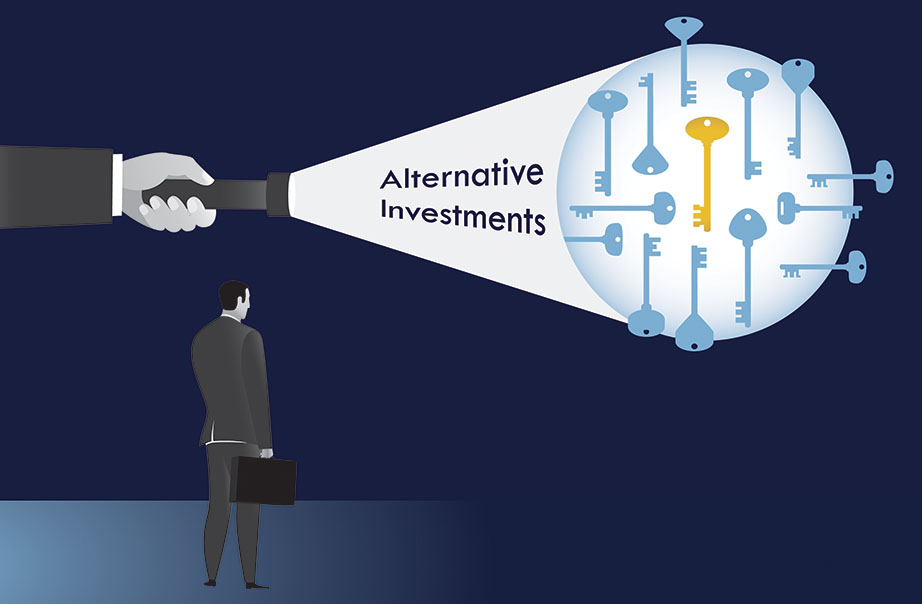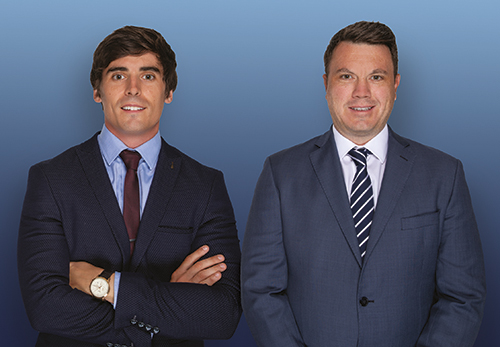Holdun’s uncorrelated Alternative Investment Funds provide shelter from the oscillations of the volatile equity market. MICHAEL O’CONNOR reports.
THE FIRST half of 2020 has been one for the record books. The fastest market decline in history was abruptly followed by the best quarter for stocks in over 20 years, culminating in the biggest quarter-to-quarter swing in more than 80 years.
A rebound of epic proportions was made even more staggering by the fact that this historic market rally took place against the backdrop of a deteriorating economic outlook. In the US, unemployment soared from record lows of 3.5 percent in February to nearly 20 percent by the end of April. In Europe, the PMI index (a business activity indicator) fell to 13.5, the lowest on record, as consumer sentiment evaporated. With the noise in the stock market now deafening, investors are plagued with indecision — and understandably so.
Market rally drivers
To adequately position a portfolio, one must understand the forces driving the recent rally. The shorthand explanation for the recovery is simply “don’t fight the Fed”. Generic economic playbooks have been thrown out the proverbial window in recent months as a barrage of monetary and fiscal support softened the recessionary impacts. Since mid-March, $3tn in support has been rolled out, almost doubling the Fed’s balance sheet.

Market outlook
Unemployment figures fell by 4.4 million over May and June. Better-than-expected US sales data saw retail sales jumping 18 percent and consumer spending increased by eight percent in May, however there is still some way to go before a return to pre-pandemic levels, and it is still difficult to ascertain the true organic demand until the stimulus is removed in August.
While the economic reopening has resulted in a much-needed uptick in economic activity, this move already threatened to be a double-edged sword with the previous success in flattening the curve, stalling, and reversing in many areas. The virus looks set to halt any significant economic progress until a vaccine can strip away the lingering uncertainty. That, along with heightened geopolitical tensions and high relative valuations are reasons for caution. The consensus view forecasts a slower recovery with considerable volatility over the shorter term, ultimately resulting in a return to a low-growth, low-rate world where the market will pay a high premium for large-cap growth and high-quality stocks.
Options for investors
Historically speaking, markets have gone up for much longer periods of time than they’ve gone down, and the magnitude of the upward moves have tended to be significantly greater than the downward ones.
Instead of being transfixed by daily price movements, investors need to focus on their own time horizon and risk tolerances. Ensuring your portfolio aligns with your specific needs will allow you to hold your investments through multiple market corrections without feeling the need to jump ship at the least opportune time.
Diversification is key. A disciplined long-term focus will allow you to participate in the rising tide of the equity market without falling prey to the emotional fallacies that come with short-term stock price fluctuations.

Potential mistakes
Investors should be focused on “time in the market” instead of “timing the market”. Nobody wants to be the one buying just before the dip, and the psychological benefits of buying at precisely the right time are undeniable. But studies have shown that long-term return differences are insignificant.
While there is safety in holding cash, the question remains, why accept the negative real returns offered by cash when there is still an abundance of opportunities for investors? Cash has underperformed all other major asset classes over time.
The S&P 500 index returned a historic annualised average return of around 10 percent since inception (1926) vs the negative real return offered by cash after inflation. So, while it is vital to hold a cash reserve within your portfolio for liquidity purposes, the remaining cash should be invested, taking full advantage of the compounding effects offered by return generating asset classes.
Current opportunities for investors
A changing market environment can present investment opportunities whereby you take small and deliberate steps to tactically adjust your asset allocation, reducing stock exposure as valuations peak and increasing exposure following a market correction.
In the equity market, pitfalls still exist as some of the more exposed companies may falter under mounting economic pressure. Still, we have already witnessed the emergence of the “stay-at-home” winners with technology, communication services, and healthcare best positioned to take advantage of the current environment.
The S&P 500 is increasingly led by a small number of “bigtech” companies. These top five holdings in the S&P 500, collectively referred to as FAAMG (Facebook, Amazon, Apple, Microsoft, and Google), have outperformed the other 495 companies by an average of 38 percent (26 percent against minus 12 percent) YTD. This big tech dominance is a trend that looks set to continue. A combination of the Fed’s “unlimited support” rhetoric and the ever-increasing investor appetite for large-cap quality companies, well positioned regardless of virus developments, ensures that these secular growth stocks are likely to continue leading the market.
In the fixed-income market, unprecedented monetary support has pushed yields lower. This has provided strong returns for bonds this year. However, it severely limits the income stream provided by bonds going forward and increases the probability of capital losses if and when the FED become more dovish. The diversification benefits have not gone away, but longer-term investors may want to be underweight fixed income as the economy re-emerges, opting instead for opportunities such as precious metals, private equity, real estate, and venture capital.
Long-term changes in strategy
The risk-parity play of equity and Treasury Bonds has seemingly broken down as the long-term risk-reward ratio of owning bonds is no longer appealing. In portfolio construction, retail investors have often gravitated towards a 60/40 asset allocation split (a portfolio made up 60 percent equity and 40 percent bond exposure). Safe-haven bonds have historically functioned as the traditional counter to equity headwinds.
However, recent monetary stimulus has created a challenging landscape for fixed income, with Treasuries offering interest rates of close to zero, all but eliminating their upside potential. As a result, Investors are now re-assessing their asset allocation split, exploring alternative investments as they look to generate acceptable returns while still availing themselves of adequate portfolio diversification.

How can Holdun Family Office help?
Holdun’s innovative solutions help families and businesses overcome the shortcomings of traditional assets by providing alternative investment opportunities that build wealth and security for generations. The funds offer a broader range of exposure across the risk and illiquidity spectrum. These new asset classes have provided us and our clients greater portfolio diversification, reduced portfolio volatility, and double-digit returns.
* For more information about Holdun, visit www.holdun.com




























